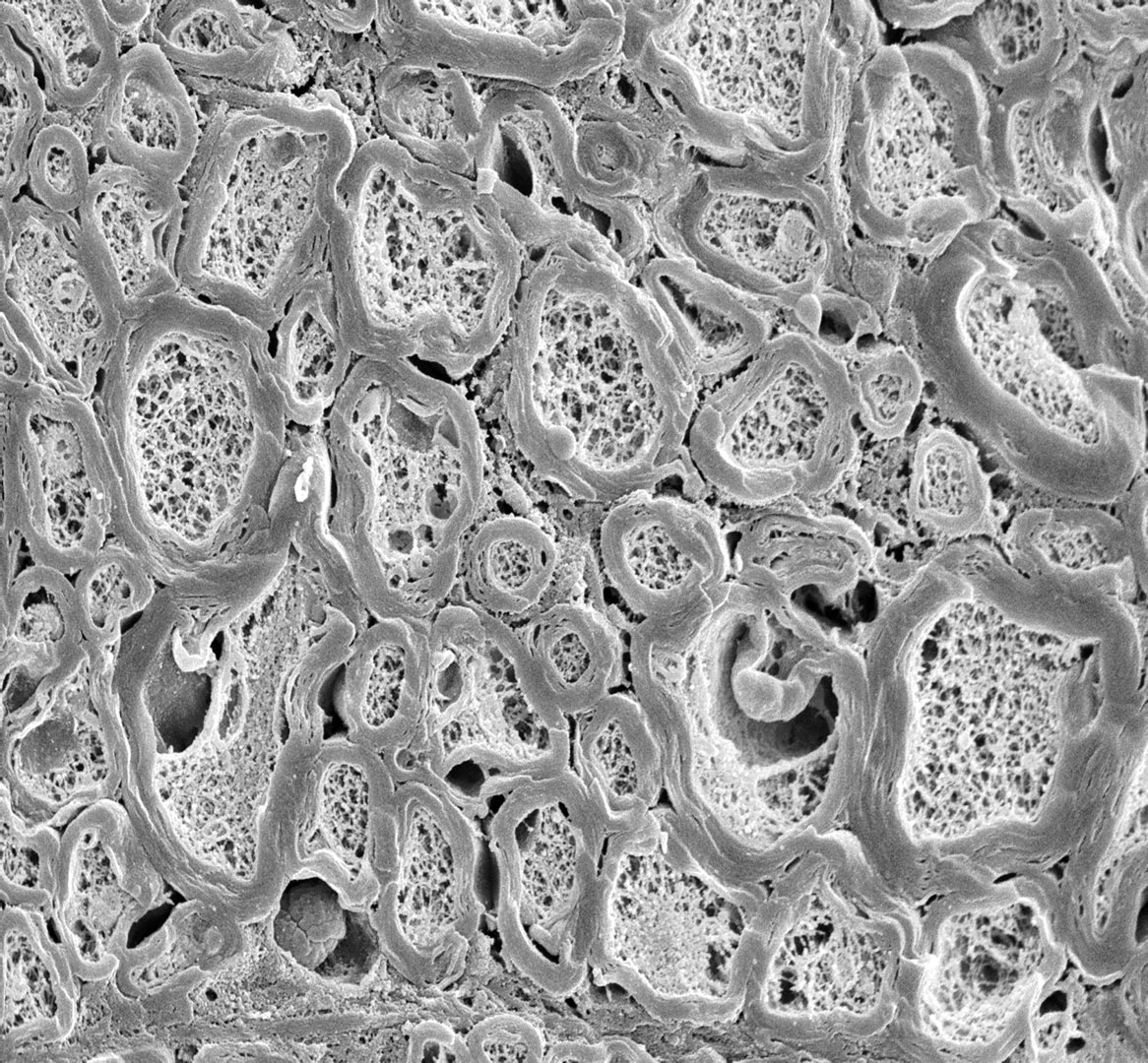Audio: Design of a digital solution to improve myasthenia gravis patient symptom tracking in routine clinical care
[Introduction]
Hello, my name is Nolan Campbell and I am presenting our study titled, “Design of a Digital Solution to Improve Myasthenia Gravis Patient Symptom Tracking in Routine Clinical Care”. The study objective was to determine design requirements for a digital tool utilizing validated PROs to improve symptom tracking and communication between patients with MG and HCPs in routine clinical practice.
[Methods]
The study design is detailed in Figure 1. We conducted a literature review as well as preliminary interviews with 3 patients with MG and 4 neurologist HCPs to assess the current state of MG symptom tracking and identify opportunities for improvement. Structured workshops with 5 HCPs specializing in neuromuscular medicine as well as validation interviews with 10 patients with MG and 9 academic- and community-based neurologist HCPs were held to design the novel digital tool and understand factors influencing adoption. Participating patients and HCPs were US-based.
[Results]
The result of the study, as shown in Figure 2, was the conceptual design of a two-sided digital solution that enables patients to input validated PROs between clinic visits and helps HCPs visualize longitudinal data on demand via integration with electronic medical records. The MG-ADL scale, PASS, and Neuro-QOL – Fatigue subscore were measures identified for inclusion. Insights from the structured HCP workshops are shown in Figure 3. Of note, HCPs preferred the MG-ADL scale as their primary visual, with ability to overlay subscores and other contextual data, such as PASS, Neuro-QOL – Fatigue, hospitalizations, or medications. Figures 4 and 5 show themes that emerged from the in-depth patient and HCP validation interviews. A design feature emphasized in these interviews was free text patient diary entries with AI-generated summaries for HCPs; these were desired for additional contextualization and personalization. Key factors influencing patient and HCP adoption of the digital tool are shown in Figure 6. Factors influencing patient adoption of the digital solution included HCP use and the potential to have a single central MG management tool. HCPs noted adoption of the tool would be facilitated by electronic medical record integration and streamlined visualizations enabling quick data synthesis to support treatment decisions and features to simplify insurance prior authorization/reauthorization.
[Conclusion]
Overall, a two-sided digital solution was designed that would support evidence-based care management of patients with MG. The designed solution would allow patients to input validated PROs between clinic visits, and HCPs to visualize longitudinal data on demand via integration with electronic medical records. These results support continued development of the digital tool and studies investigating its clinical utility.

